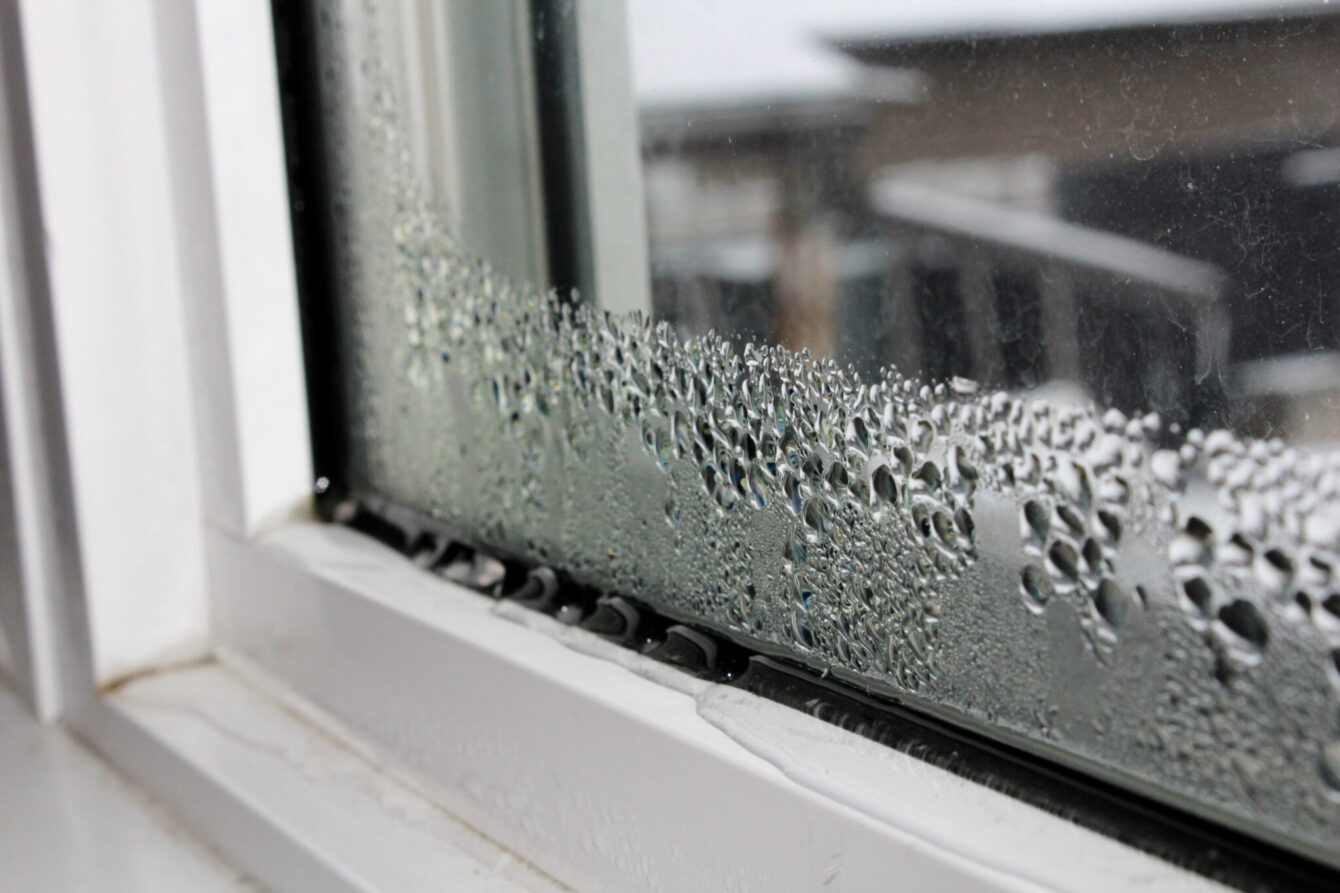The importance of home ventilation
Creating a warm, draught-free, well-insulated, yet well-ventilated home is something of a balancing act!
As the colder months approach, it’s time to have the heating on more, and our doors and windows closed. We are all aware of the importance of saving energy and money, especially at this time of year.
However, good ventilation is vital for a healthy and comfortable environment. Here we explore this important aspect of home life, and how it can work in partnership with a warm, cosy house.

What is ventilation?
Our homes work best when they’re able to breathe.
Good ventilation enables the exchange of fresh external air with the stale air inside our homes.
Indoor air can build up moisture, odours, gases, dust, and other air pollutants. These may be from cooking, cleaning and hygiene products, and fabric furnishings.
Poor ventilation can result in these potentially harmful pollutants and moisture being trapped in the home, which can be detrimental to the health of those living in it and the house itself.
Condensation and mould
Everyday activities generate a lot of moisture in our homes – showering, cooking, washing up, laundry, and the simple act of breathing, all contribute.
When the air temperature outside starts to drop, the warm, moist air inside the home condensates on cold surfaces, such as our window panes.
Learn more about condensation.
Without effective ventilation, condensation can lead to damp and mould growth, which can cause damage to your home and have health implications for you and your family.
The NHS advises that:
Moulds produce allergens (substances that can cause an allergic reaction), irritants and, sometimes, toxic substances.
Inhaling or touching mould spores may cause an allergic reaction, such as sneezing, a runny nose, red eyes and skin rash. Moulds can also cause asthma attacks.

The benefits of home ventilation
Being aware of home ventilation and taking steps to positively influence the exchange of air in your home has several benefits:
- The effects of condensation on windows and walls can be more easily managed.
- It is less likely that moisture will linger on surfaces, therefore reducing the chances of mould developing.
- Fresh air circulating in the home decreases the ability of volatile organic compounds (or VOCs) to linger in the air. VOCs are chemicals that are given off from common household sources such as carpets, paints, aerosols and disinfectants.
- Ventilation helps to reduce odours from cooking, cleaning and pets.
- Refreshing the air through good ventilation helps to reduce the allergens that can build up in stale air, such as waste from dust mites, pet hair and pollen.
Uncontrolled ventilation
Uncontrolled ventilation is where there are draughts that occur from various places in the home. This could be under doors, through poorly maintained windows, letterboxes or fireplaces.
Whilst ventilation is taking place, heat is being lost. This is inefficient from both a cost and energy perspective, and it doesn’t make for a comfortable living environment during the colder months.
Find out more about managing draughts in the home.
Controlled ventilation
Trickle vents
In the past, where replacement windows and doors were installed to ensure a well-insulated fit, gaps and cracks were sealed up. However, these may have been a source of ventilation for that building.
From June 2022, buildings regulations came into effect to formalise adequate ventilation when replacement windows and doors are installed.
When windows and doors are replaced with new, energy-efficient units, ventilation is incorporated in the form of a ‘trickle vent’. The ratio of vents to windows and room size is calculated to ensure appropriate ventilation.
Read more about trickle vents.

Extractor fans
Extractor fans improve the ventilation of a room, particularly in bathrooms and kitchens where they are used to extract moisture-laden air and vent it outdoors.
They are most effective when there is an open window, which enables air exchange via convection – the moist air is expelled, whilst drier fresh air is drawn in.
Home ventilation systems
Some householders opt for a home ventilation system. Some of these systems can filter, recycle and/or pre-heat the air coming into the home, whilst removing moisture, odours and allergens. These systems include:
Positive Input Ventilation (PIV)
This system supplies fresh, filtered air into the home from a unit installed in the loft. The air is distributed by a ceiling diffuser. Stale air from inside the home is replaced with fresh outside air.
Mechanical Extract Ventilation (MEV)
This system uses a central fan to extract stale or moist air from areas within the home that have high humidity, such as the kitchen or bathroom. This process creates an exchange of outside fresh air.
Effective use of ventilation
There are steps you can take to make the most of the ventilation measures in your home:
- Trickle vents should be kept open and unblocked, even during the winter months. These vents are designed to minimise loss of heat energy, whilst ensuring adequate ventilation for health and comfort.
- Doors between rooms should be left open, at least periodically, to achieve the benefits of cross-ventilation. This also acts to draw fresh air throughout the home.
- Extractor fans should be regularly cleaned to keep them free from dust and maintain their effectiveness.
- Where a home ventilation system in place, the manufacturer’s guidelines will advise regarding keeping filters clean or replacing them when needed.
Talk to the experts
If you would like to talk to us about improving the ventilation and energy efficiency of your home, please call us on 01444 45 71 45 to chat through your requirements.